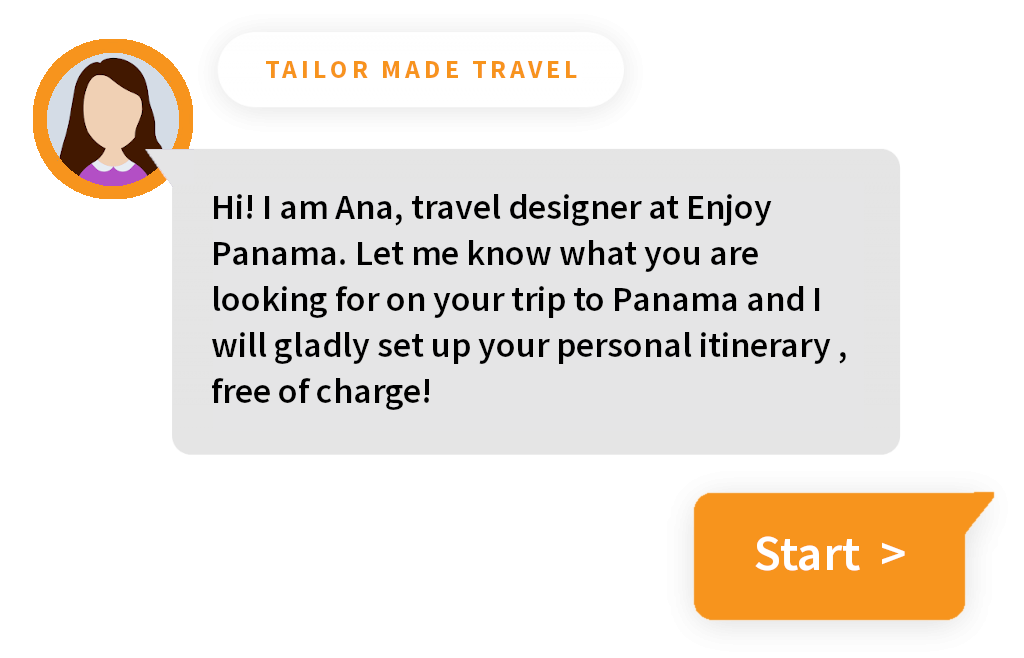Panama Tips
Panama Passport and visa provisions
Follow the following link to check out the Requirements to Travel To Panama or visit the Panama Embassy website.
Getting around
The best way to travel around Panama is with private transportation. If you are adventurous and speak a little bit of Spanish you can rent a car and drive to each destination. Panama City has a lot of hotels but in the rural areas it is more difficult to find good hotels with availability so reserve your hotel in advance. If your destination is far away from the city, like Bocas del Toro, San Blas Islands or Boquete, the best way to get there is by plane.
Water
Tap water is considered safe to drink in Panama, but travelers may want to stick to bottled or purified water, particularly on the Bocas del Toro islands.
Panama Food
In Panama City you will find an ample offering of restaurants, offering national and international meals. In remote tourist towns you will find a smaller menu with local foods. Seafood is very common, especially on the islands and along the coast of the mainland. Rice and beans are a staple here as with most of Latin America but this rice is infused with coconut, giving it a delicious twist.
Swimming in the ocean
You cannot swim at the Panama City beaches due to pollution but if you travel one hour along the Pacific coast you will get to see very clean and peaceful beaches. You can also travel two hours from Panama City to the northeast and enjoy the Caribbean ocean.
Packing
Panama has a warm climate and many times it rains for short periods of time. A light sweater or light jacket is recommended for the nights and for cooler areas of Panama like El Valle de Anton and Boquete. We recommend bringing hiking boots or tennis shoes. You will also need sunglasses and sunscreen for sunny days. Insect Repellent is a must especially outside the city. Other things to bring are binoculars, flashlight (for rural areas), camera and a swimsuit. If you are planning on taking a domestic flight in Panama, we suggest you to travel light due to luggage weight limits.
Electricity
The standard Panama’s voltage is 110 volts. The sockets have two prongs and are similar to the US. Depending on your country of residence you will need a power plug adapter or a voltage converter.

